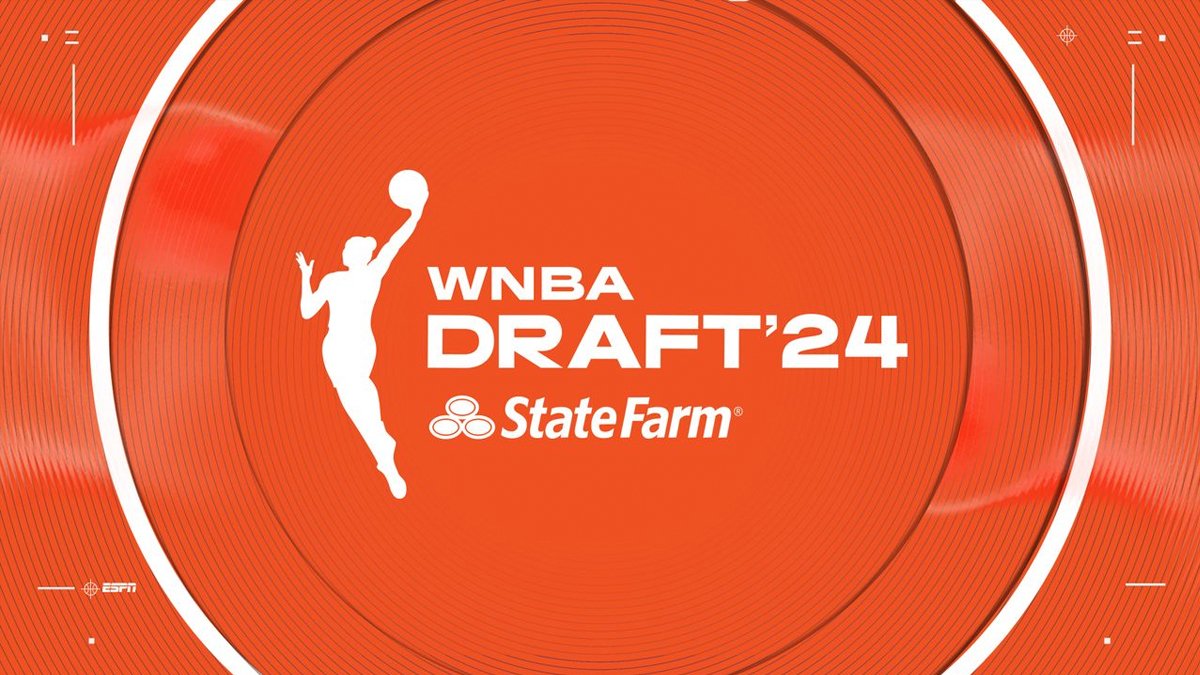Diamond Sports Group, the subsidiary that operates the Bally Sports-branded regional sports networks, has been marred in Ch. 11 bankruptcy proceedings for over a year. Scripps Sports president Brian Lawlor claimed in an interview with Broadcasting & Cable last October that the company had contingency plans in place with teams should Diamond decide to terminate their existing contract within Ch. 11. At the moment, Scripps Sports broadcasts games for the Vegas Golden Knights and Arizona Coyotes on several regional affiliates in addition to Montana and Montana State athletics.
With the changing landscape of sports media and uncertainty in the environment, E.W. Scripps president and chief executive officer Adam Symson wrote a memorandum to staff about the challenges the company is facing and how to position itself for future growth. From the beginning of the bulletin, he explained that company leaders are reaffirming their dedication to more frequent and detailed communication about its strategy and direction.
Symson then conveyed the disquietude taking place about how to subsidize streaming platforms, explaining that traditional media companies are accelerating shifts to streaming in order to compete with technology giants. Part of their business proposition, he stated, was that they are using linear platforms to underwrite necessary content creation to drive subscriber growth and subsequent retention.
“We are in the midst of a shift in the media industry in which many companies are pursuing business models that have yet to be proven and may never pan out,” Symson said. “As consumers shift to an on-demand approach to television viewing driven mostly by digital delivery of video, many of the biggest media companies, far bigger than Scripps and our peer-group broadcasters, have taken steps to break their content out of the exclusivity of existing bundles that have served the industry so well for the last 50 years.”
Consumers deciding to obtain their television content á la carte has disrupted the media industry, leading to widespread cord-cutting. Symson expressed that the traditional pay television ecosystem, which consists of cable and satellite distribution, has a penetration rate below 50% leading to alterations in the business models. Various factors are being affected as a byproduct of such changes, including revenue gained from retransmission fees and advertising, along with continuing audience fragmentation. Despite these hardships and potential impediments, Symson has confidence in the future of the business.
“I believe that linear television isn’t going away but instead is being transformed,” Symson said. “While traditional TV used to be our daily destination for everything, today it is most appealing for live sports, news and channel-surfing ‘comfort food’ viewing that on-demand doesn’t seem to serve up as well. Consumers are increasingly using over-the-air (OTA) broadcast as a free platform for live news and sports. Broadcast’s digital cousin, Free Ad-Supported Television (FAST) platforms, are growing quickly too.”
Scripps has been working to remain committed to its stakeholders, employees and communities by continuing to serve the media consumer. The E.W. Scripps Company paid $2.65 million to acquire ION in late-2020 and has also created the Scripps Networks. Symson affirms that these business decisions have led the company to be economically durable and thus does not make them reliant on the revenue stream emanating from traditional pay television. As a result, he believes Scripps to be a leader in OTA broadcast and connected TV FAST platforms, areas of linear television that he says are demonstrating growth.
“Our unparalleled free distribution platform also has opened up the opportunity for us to acquire live sports rights, both for ION and in our local markets,” Symson said. “We’re leaning into the content genres that consumers crave most from linear television.”
The E.W. Scripps Company signed a multi-year deal with the WNBA last year to televise games during Friday night windows during the regular season. These broadcasts will continue in the 2024 campaign and are coming off a successful first year. The 23 games that were presented over 15 weeks reached 12.3 million viewers and augmented the total season audience of WNBA basketball by 24% to 39 million unique viewers. Additionally, Scripps inked a media rights agreement with the National Women’s Soccer League in which it will broadcast 50 games nationally on Saturday nights on ION as part of a weekly doubleheader.
Symson revealed that Scripps is generating approximately 180% more revenue and 400% more profit than 10 years ago, in addition to serving larger portions of U.S. audiences and advertisers. In its most recent earnings report for the fiscal fourth quarter of 2023, Scripps generated $616 million in revenue, down 9.6% from Q4 2022, and an attributable shareholder loss of $268 million ($3.17 per share). The company has used 98% of its discretionary cash flow to pay down debt since its acquisition of ION, and Symson stated that debt paydown is among its top priorities. At the same time, it will look to remain objective and remain true to journalism, which Symson referred to as the company’s “North Star.”
“These moves have been critical to the ability of our company to thrive going forward,” Symson said of its recent acquisitions and media rights deals. “Just like each of us has to pay off accumulated school loans, car payments, mortgages and credit cards, so does Scripps have to focus on paying down our debt. Our company is on firm financial footing, but our current debt is putting pressure on our stock price, especially following two years of lower U.S. advertising spending and interest rate hikes.”










